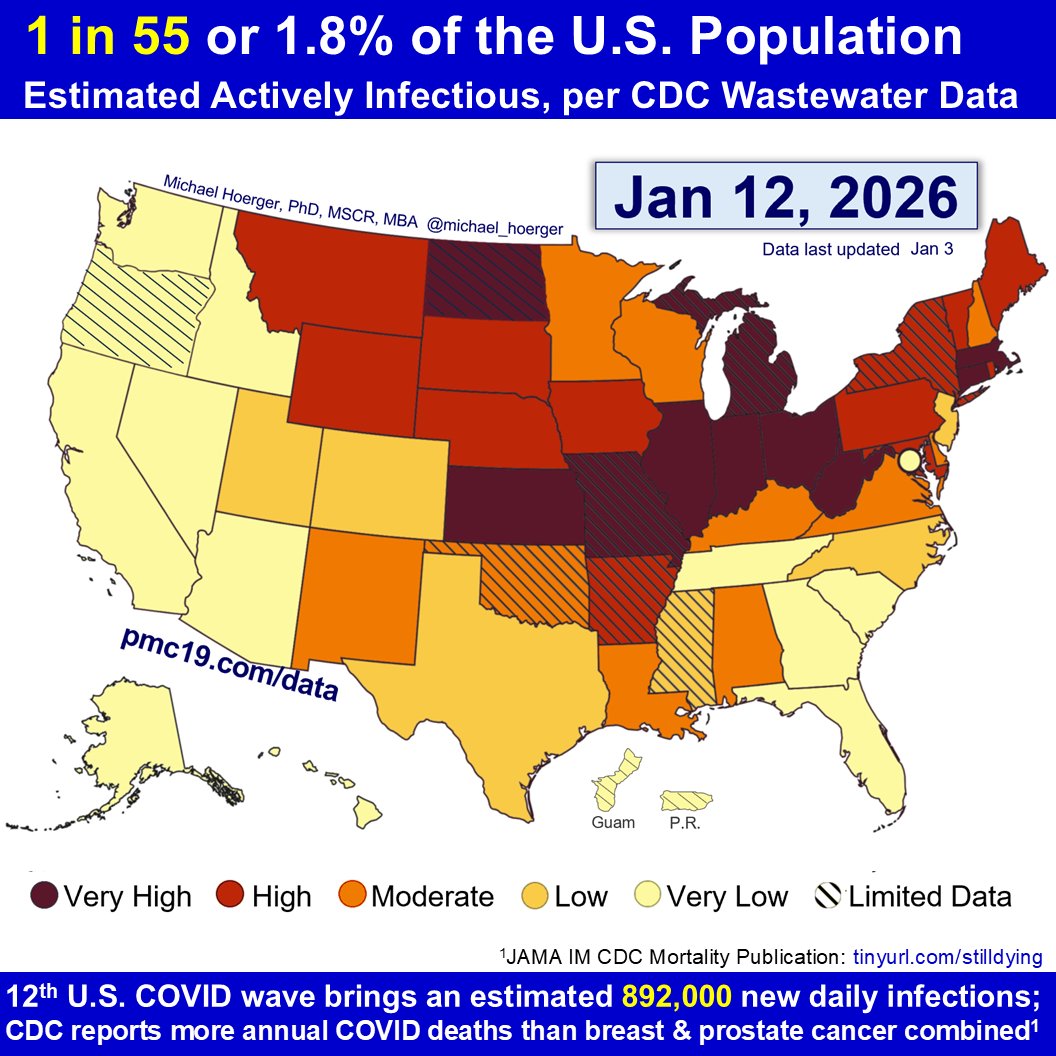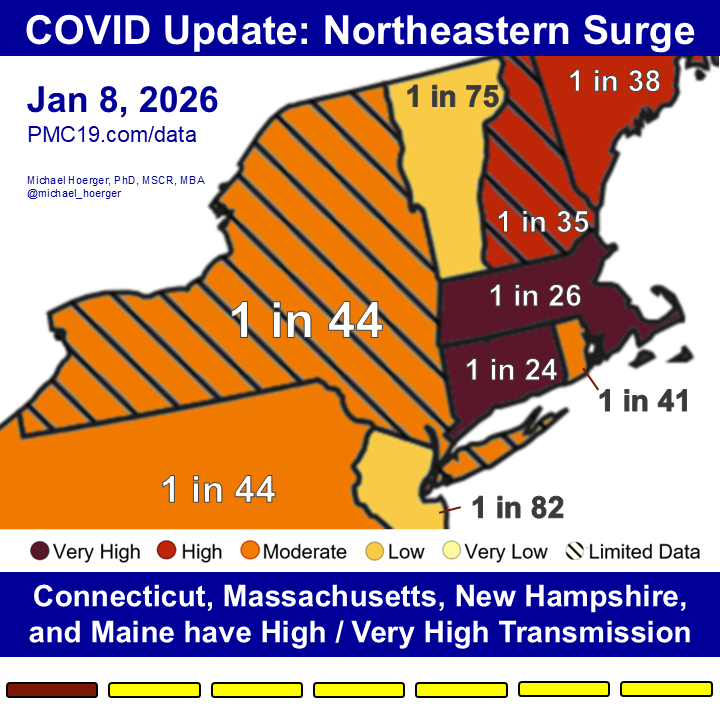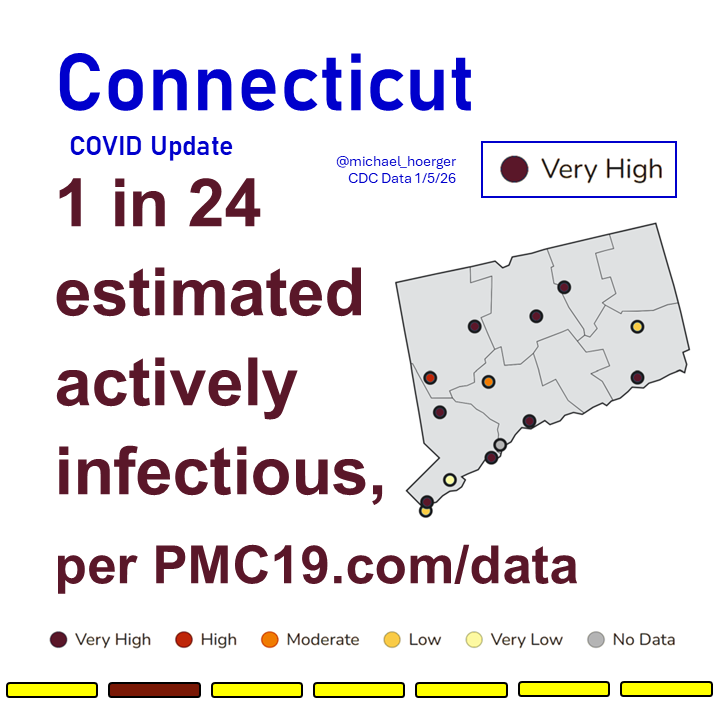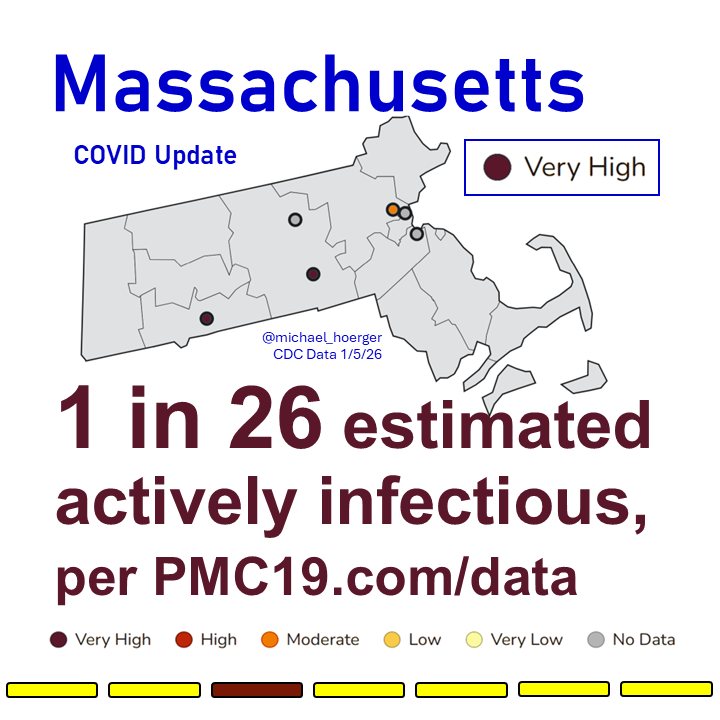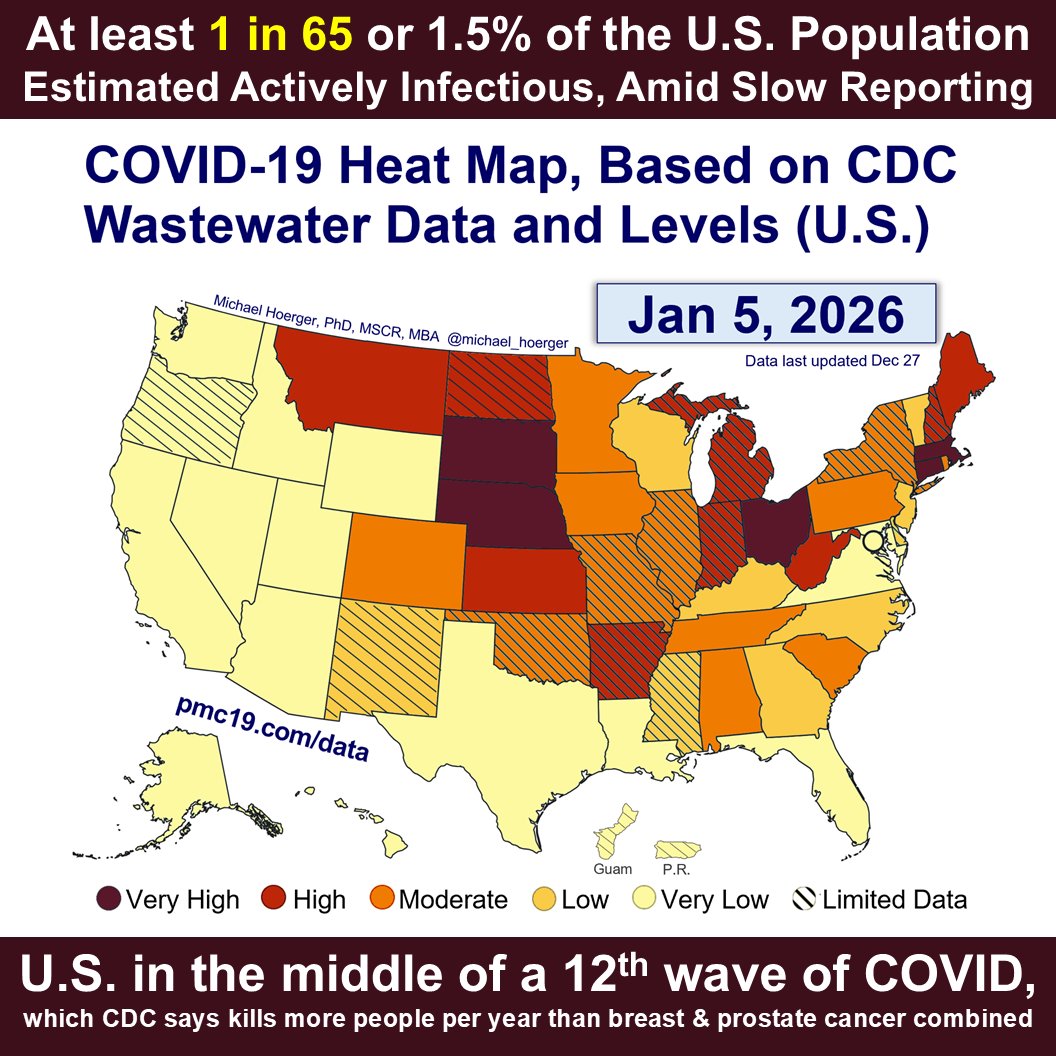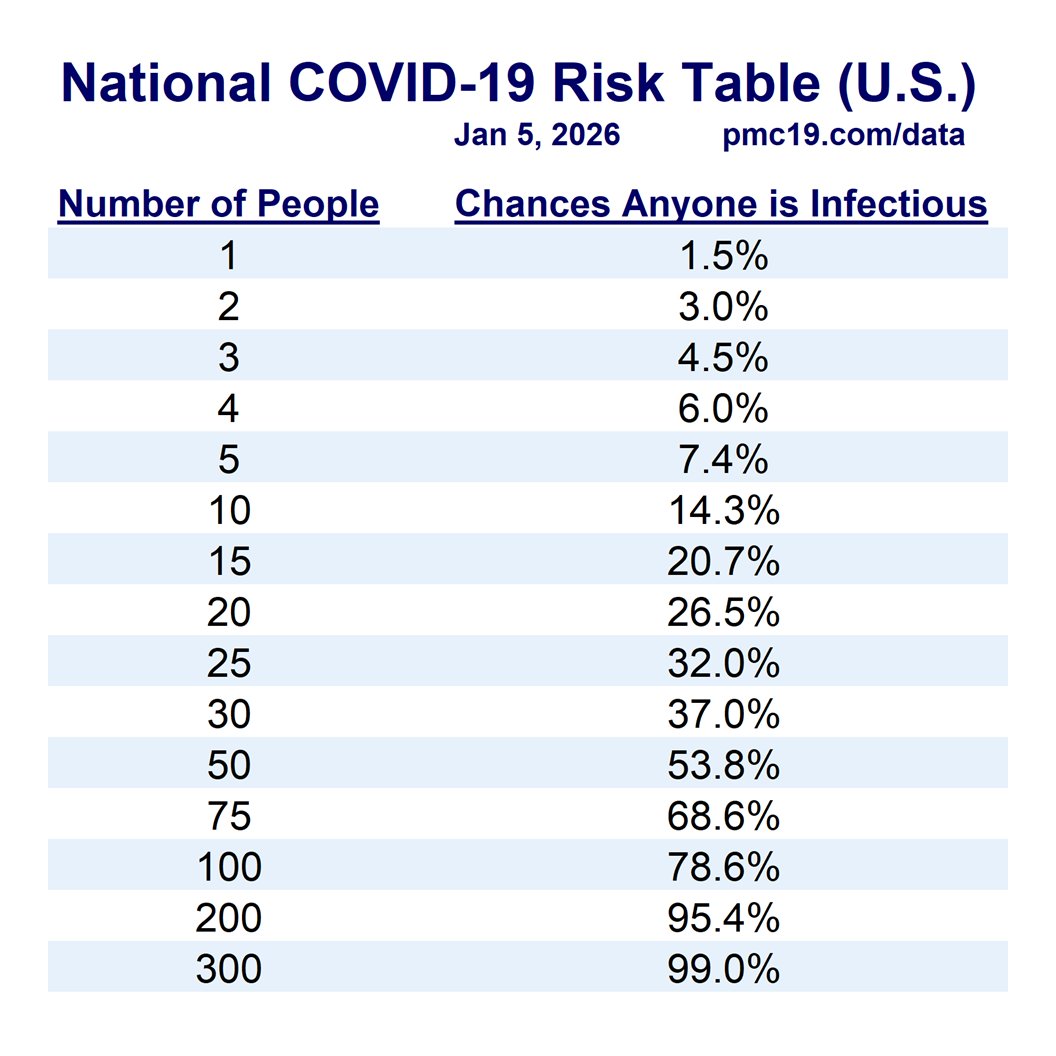Our #pandemic global strategy:
"If I paint a rosy picture, will you promise not to cry?"
1/5 ascopubs.org/doi/full/10.12…

"If I paint a rosy picture, will you promise not to cry?"
1/5 ascopubs.org/doi/full/10.12…

Written a decade ago, the article was about how clinicians too often falsely reassured patients w/terminal #cancer that treatment was working just fine.
There are many parallels b/w cancer cancer, the pandemic, & climate change.
Mortality salience elicits #denial.
2/5

There are many parallels b/w cancer cancer, the pandemic, & climate change.
Mortality salience elicits #denial.
2/5


Don't believe me?
Look back at the 1960s. Only 12% of patients were even told they had #cancer.
Society will tolerate BS for a long time to avoid immediate discomfort. So too w/the pandemic. Hardly a mask in sight & reinfections mount.
jamanetwork.com/journals/jama/…
3/5
Look back at the 1960s. Only 12% of patients were even told they had #cancer.
Society will tolerate BS for a long time to avoid immediate discomfort. So too w/the pandemic. Hardly a mask in sight & reinfections mount.
jamanetwork.com/journals/jama/…
3/5

In the U.S., the "rosy picture" differs by political ideology.
Today in the NEJM: The conservative rosy picture is that COVID is like a cold or the flu. The liberal rosy picture is that leaders are doing just fine by pushing vax-and-relax.
nejm.org/doi/full/10.10…
4/5
Today in the NEJM: The conservative rosy picture is that COVID is like a cold or the flu. The liberal rosy picture is that leaders are doing just fine by pushing vax-and-relax.
nejm.org/doi/full/10.10…
4/5

The "rosy picture" strategy almost always fails, and if we settle for rosy on COVID, we're going to need a lot more roses.
5/5
5/5

• • •
Missing some Tweet in this thread? You can try to
force a refresh


